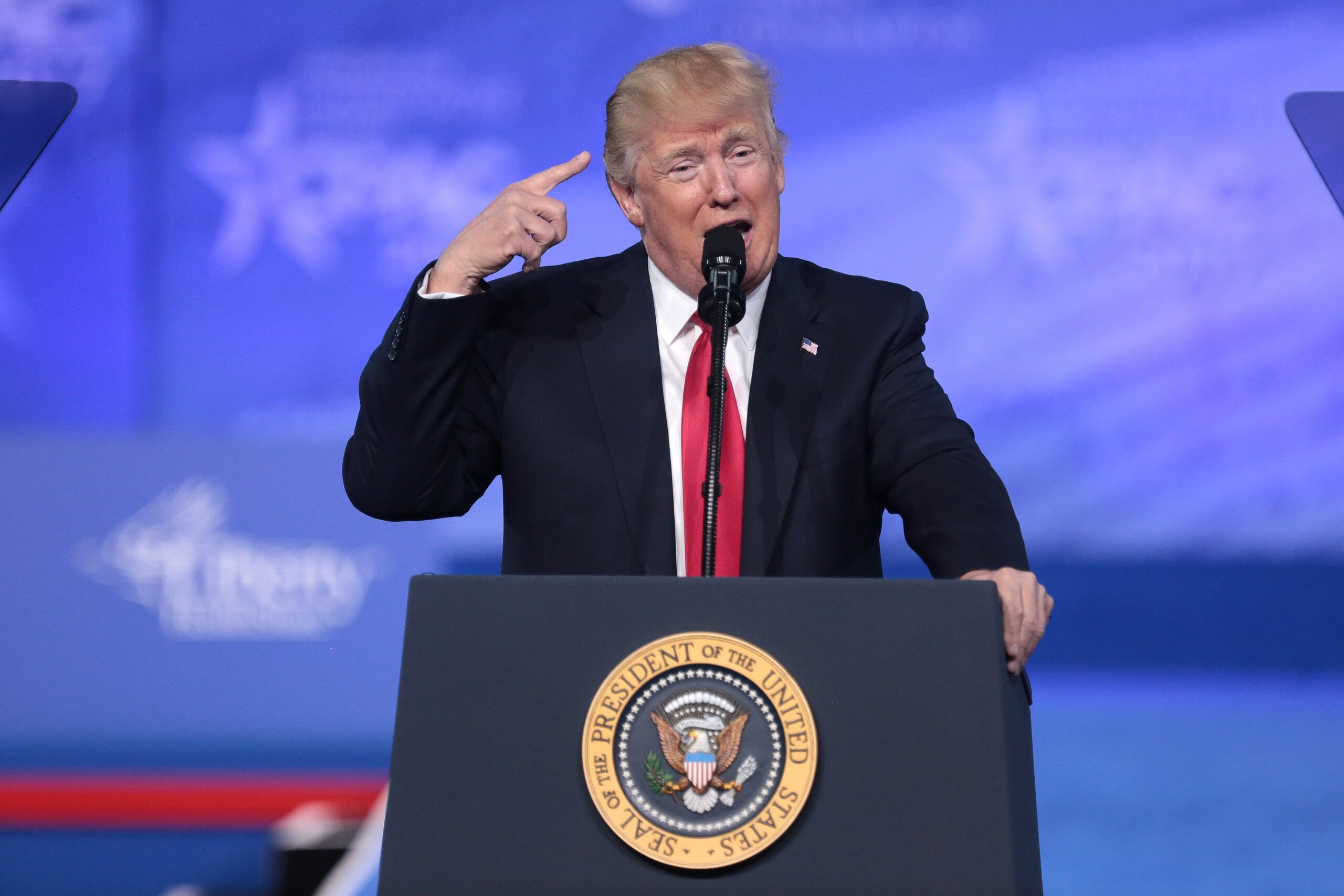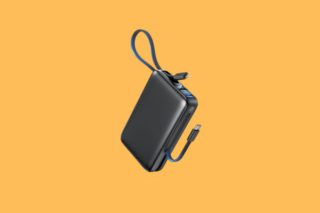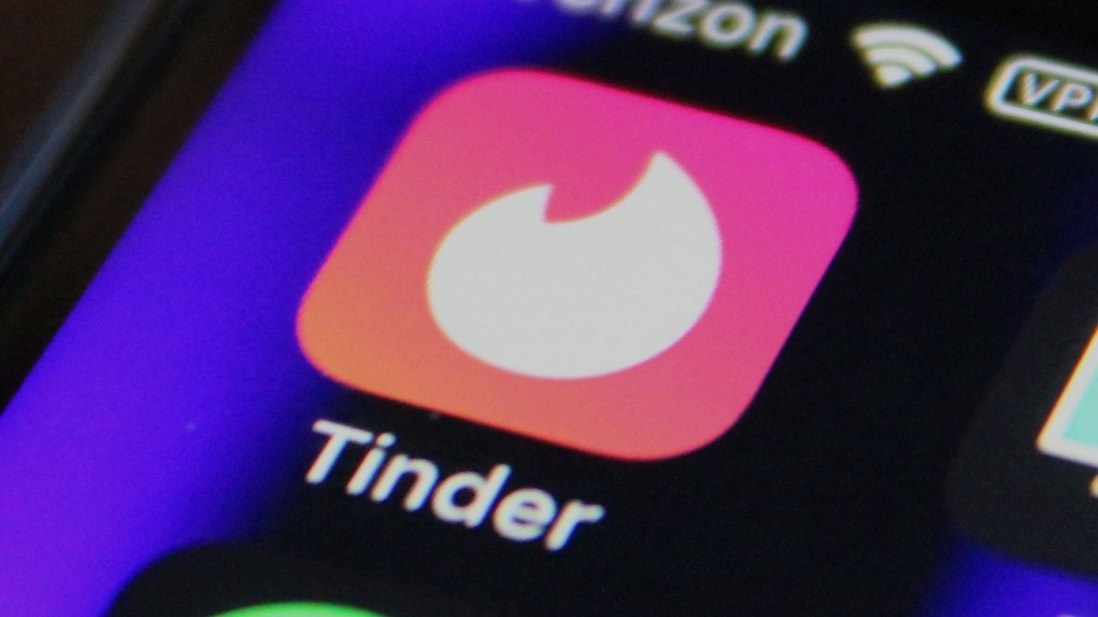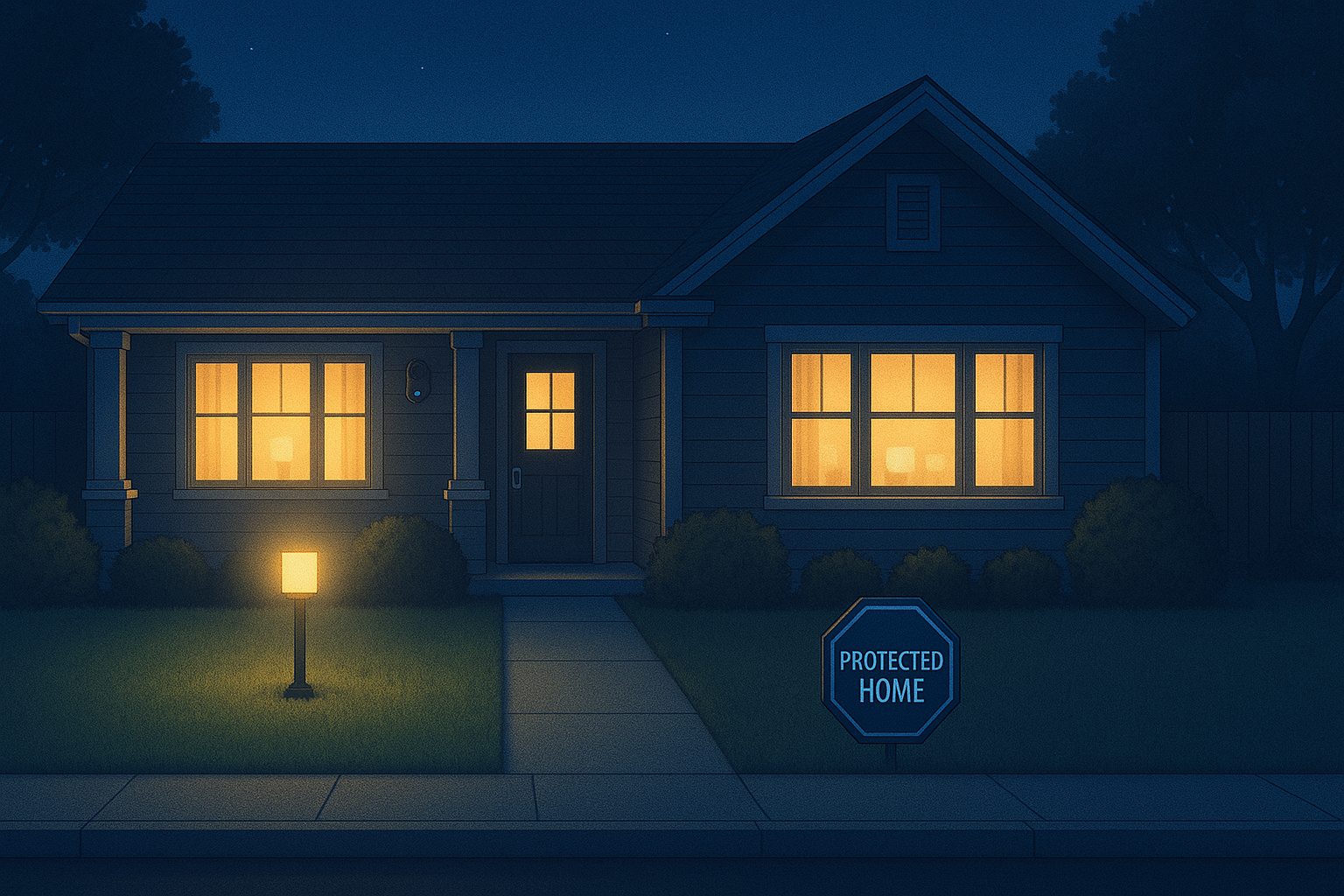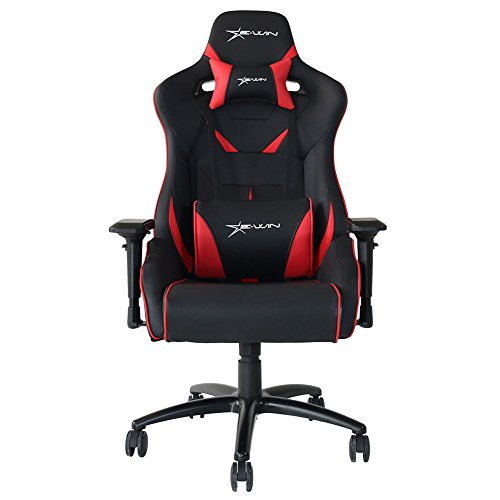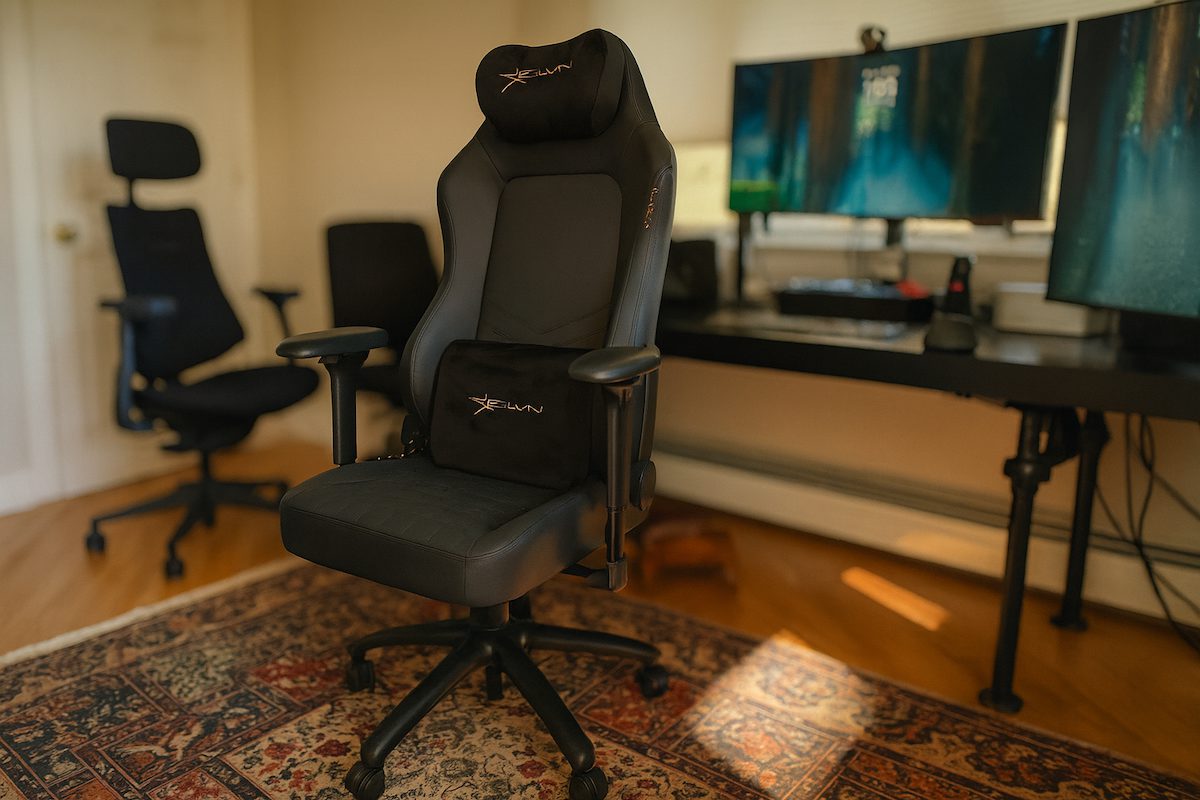President Donald Trump just dropped the tech industry’s equivalent of telling Taylor Swift to stop making music. His Friday Truth Social post demanding US-made iPhones or face a 25% tariff on Apple sounds tough, but here’s the reality check nobody’s talking about: this ultimatum is asking for the impossible.
Your current iPhone probably costs around $1,000. Under Trump’s manufacturing demands, that same device could retail for iPhone could cost $3,500 according to Wall Street analysts.
Building that supply chain stateside isn’t like switching your Spotify playlist. Apple began assembling iPhones in India back in 2017, but only recently gained the capability to build the latest devices. That infrastructure took years to develop, and China’s manufacturing dominance represents decades of specialized investment, highlighting the complex challenges behind Trump’s call for reshoring Apple production.
“We believe the concept of Apple producing iPhones in the U.S. is a fairy tale that is not feasible,” wrote Wedbush analyst Dan Ives, who estimated moving all iPhone production to America would take five to 10 years.
Supply chain expert Ming-Chi Kuo reinforced this reality: “In terms of profitability, it’s way better for Apple to take the hit of a 25% tariff on iPhones sold in the US market than to move iPhone assembly lines back to US.” The semiconductor and precision manufacturing requirements alone make domestic production prohibitively complex.
Steve Jobs told Obama in 2010 that America lacked the 30,000 industrial engineers needed for iPhone production. That skills gap hasn’t disappeared—it’s widened as Asian manufacturing capabilities have advanced.
The market isn’t buying this bluff either. Apple shares fell 3% on Friday as investors processed the manufacturing impossibility. Cook and Trump met at the White House, but that apparent diplomacy failed.
Trump claimed he had “an understanding” with Cook about not selling India-made phones in the US without tariffs. The president expanded his threat Friday, saying the 25% tariff would apply to Samsung and “anybody that makes that product”.
This creates a no-win scenario stickier than the latest BeReal notification. Apple can absorb some tariff costs, but anything above 30% likely means price increases of $100-300 per phone. The alternative—actually building iPhones in America—would triple your upgrade costs.
Your wallet will feel this either way. Trump’s betting Apple will fold, but when the economics are this brutal, sometimes there’s nowhere to bend.


